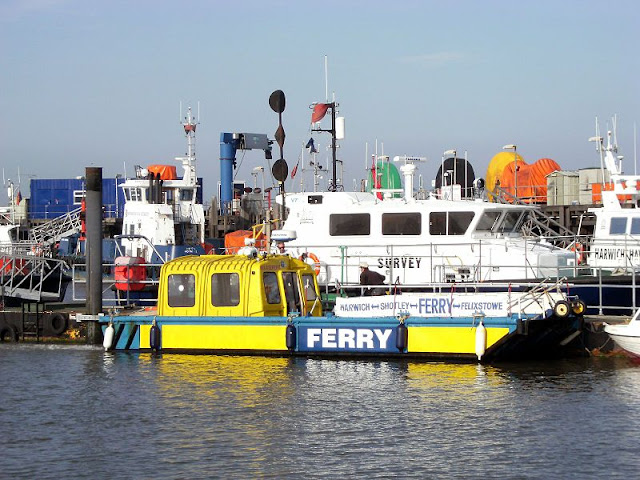Today, Harwich is an important international port, serving ferries to the continent, cruise ships and cargo ships. Old Harwich is the focal point for sites of historic interest, with a Napoleonic fort called The Redoubt and several museums including The National Vintage Wireless and Television Museum, housed in a lightship dating from 1818. The part of town known as Dovercourt has a sandy beach with two more lighthouses. The lighthouses, built on stilts in 1863, were fitted with gas lamps, and were in use until 1917. Pleasure cruises can be taken along the Stour and Orwell rivers, departing from the Ha’penny Pier, so named because it used to charge a halfpenny toll. This was also where steamships to the continent used to depart from. This year, the Napoleonic fort is being used for a more light-hearted purpose than in its former life, having been chosen as the venue for the Harwich Brewery Beer Festival.
For a list of events in Harwich, follow this link.
Live streaming webcam views.
Map of the area.
Map of the area.
 |
| Ferries in Harwich Harbour - a. Photo by Martin Pettitt, via Wikimedia Commons. |
No comments:
Post a Comment